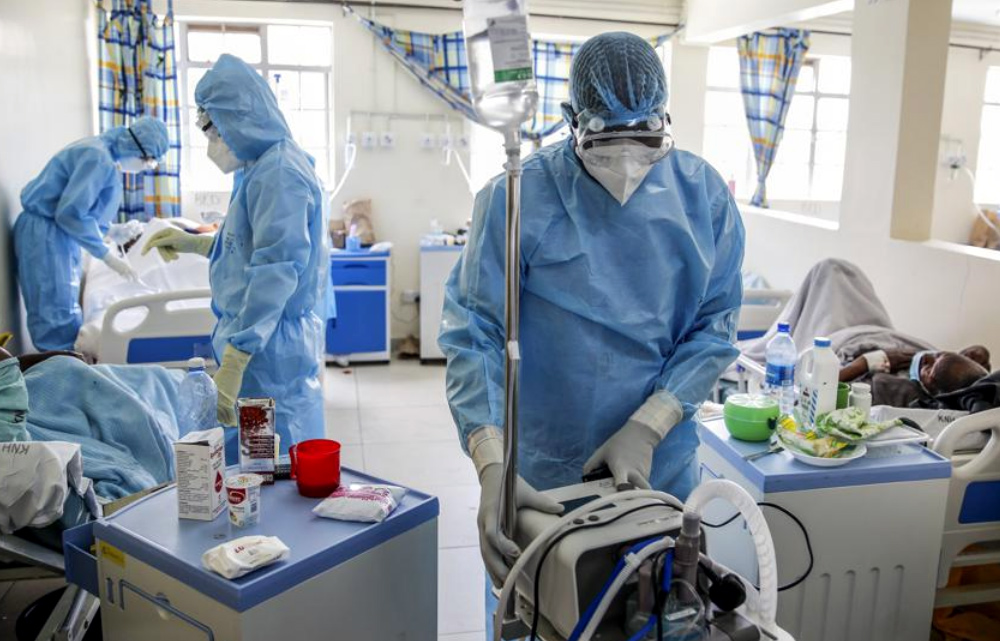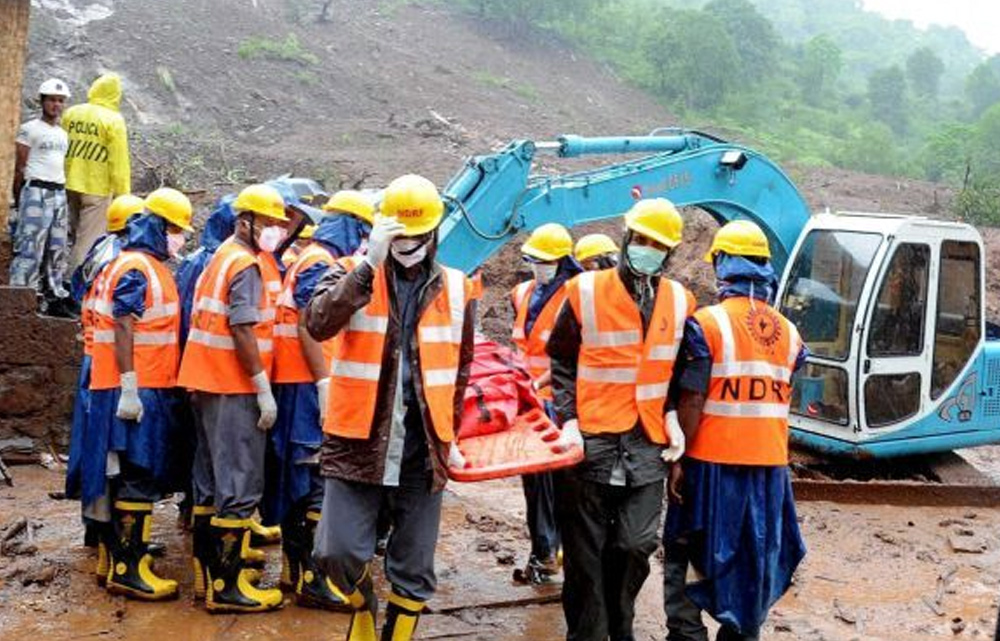A disaster is an unexpected, catastrophic event that totally unsettles the functioning of a community or society and causes human, material, and economic or environmental harm that exceeds the community’s or society’s capability to handle using its own resources. Although often caused by nature, disasters can have human sources. Disasters can be either natural or human-made events and can comprise of pandemics, technological adversities or environmental calamities.
Disaster types include the following:
- Earthquakes
- Cyclones
- Pandemics/Epidemics
- Volcanic eruptions
- Wildfires
- Floods
- Mass shootings
- Terrorism
- Nuclear explosions
- Chemical emergencies
Specifically, disaster management is about planning and directing resources to manage a disaster and synchronizing the roles and duties of responders, private sector organizations, public sector agencies, nonprofit and faith-based organizations, volunteers, donations, etc. The ultimate goal of the disaster-management authority is to reduce the disaster’s effect, which involves preparedness, mitigation, response, and recovery.
Components of Disaster Management Cycle:
When properly executed, the disaster-management cycle can reduce the impact of a catastrophic incident. It can also integrate the policies and emergency responses needed for a full, advanced recovery. The cycle includes the following five stages:
- Prevention: The best way to address a disaster is by being vigilant. This means finding potential hazards and developing safeguards to alleviate their impact. Although prevention involves putting long-lasting measures into place that can help curtail disaster risk, it’s important to concede that disasters can’t always be prevented. Prevention includes scenarios like:
- Executing an evacuation plan in a school, for example, demonstrating to teachers how to herd students to shelter in the event of a tornado or fire
- Planning and designing a city in a way that lessens the risk of flooding, for example, with the use of locks, dams or channels to divert water away from populous areas
- Mitigation: Mitigation intends to minimize the loss to human life that would be caused due to a disaster. Both structural and nonstructural efforts can be made:
- A structural measure means altering the physical characteristics of a building or an environment to control the effects of a disaster. For example, clearing trees away from a house can ensure that dangerous storms don’t knock down the trees and send them crashing into homes and public buildings.
- Nonstructural measures involve embracing or improving building codes to elevate safety for all future building construction.
- Preparedness: Preparedness is an ongoing process in which individuals, communities, businesses and organizations can plan and exercise for what they’ll do in the occurrence of a disaster. Preparedness is defined by ongoing drills, evaluating and corrective action, confirming the highest level of readiness. Fire drills, active-shooter drills and evacuation trials are all good instances of the preparedness stage.
- Response: Response is what happens after the disaster befalls. It implicates both short- and long-term reactions. Ideally, the disaster-management team will manage the use of resources (including workforce, provisions and equipment) to help reestablish personal and environmental safety, as well as to reduce the threat of any extra property damage. During the response stage, any ongoing hazards are removed from the area; for example, in the aftermath of a wildfire, any remaining fires will be put out, and areas that pose a high flammability hazard will be controlled.
- Recovery: The last stage is recovery. This can take a long period of time, sometimes years or even decades. It comprises steadying the area and reinstating all critical community functions. Recovery necessitates prioritization: first, essential services like food, clean water, utilities, transportation and healthcare will be reestablished, with less-essential services being arranged later. Eventually, this stage is about assisting individuals, populations, businesses and establishments return to usual or a new system dependent on the effect of the disaster.
One of the most vitals lessons of the COVID-19 pandemic is that disasters can come to pass any community, at any point of time. While infectious disease characterizes one type of disaster, it could just as possibly be a cyclone, flood or chemical spill. There have been many instances around the world to call upon public health disaster preparedness and response and to face the moral predicaments that come with it—such as the difficult lessons learned in the calamitous earthquake in Haiti in 2010, the flooding and destruction to Fukushima Daiichi nuclear reactor in Japan in 2011 that resulted in extreme radiation, Hurricane Sandy in the New York city urban area in 2013, and the grave Ebola 2014 outbreak in West Africa in 2014.

Disasters can happen anytime. Dealing with them and recuperating and rebuilding subsequently are nothing new. Methodical, evidence-based advance planning and preparedness are more innovative, however, and seeing disasters as essential matters of public health, in addition to matters of public well-being, is a modern improvement with significant ethical implications and consequences.
Further public health challenges emerge on the horizon, counting new strains of pandemic infections and other communicable diseases and the prospect of long-term climate modification with its numerous dangers to public health and well-being—comprising lethal heat waves; increasing violent storms and flooding, sea level upsurge and the corruption of fresh water supplies, drought, malnutrition, the spread of zoonotic disease, worsening of chronic conditions such as allergies and pulmonary disease, and significant human migration with associated sanitation and epidemic consequences.
A public health emergency occurs when the ordinary health service abilities of a community are stunned by a dangerous situation or incident. Emergency preparedness is that facet of public health intended to guarantee constant public health and medical vigilance in the episode of an emergency, minimalize the impact of emergencies on affected populations, and nurture safe and healthy environments before, during, and after an emergency.
Emergency preparedness incorporates more than sufficient equipment, organization of health professionals, training, and provisions. It also comprises community involvement and contribution from the beginning of the pre-emergency planning procedure. Emergency plans drawn up behind closed doors are not enough. A much more intricate and continuing process of community asset and wants assessment, stakeholder involvement, and public consciousness and commitment is vital. Public confidence and assurance are indispensable in emergency preparedness, and public health decision-making will be most advantageous generally when it is easily figured out and has direct associations to the people it serves.

